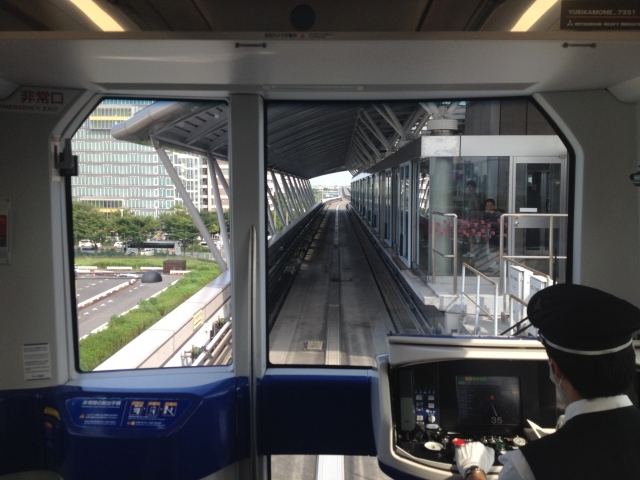Blog
Learn the secret of the safety punctuality and comfort of Japanese railways.
Transit Scheduling Systems Optimize Operations
No. 3: Crew Duty Scheduling
Successful transit scheduling is the result of the expertise that has been developed since the birth of railways. This article discusses on one part of transit scheduling, crew duty scheduling.
Number of crew members cannot be proportionally linked to number of trains

Starting from basic timetables, crew duties are created according to vehicle schedules. While it may seem like one crew member could simply be assigned to each vehicles without focusing on their individual operations, in reality, it is more complicated than that.
Unlike vehicles, which can be operated all day continually , crew members need time to eat and rest, including toilet breaks. It is also mandatory to take their daily working hours into consideration in order not to exceed the specified labor standard rules.
It is often the case that vehicles are operated only during peak hours, staying on standby for the rest of the time. However, the crew members operating such vehicles cannot be expected to wait for hours, it is necessary for crew duties to transfer from one vehicle schedule to other multiple vehicle schedules sequentially in order to have efficient crew opreations.
Moreover, by adjusting the details of crew schedules, for example working time and break time, the standard rules and fairness of duties for entire crew operations becomes possibly reserved.
Since no vehicle can be operated without a crew member, these plans must also be taken into account to serve the possibility of timetable changes due to unexpected situation. At such times, it's necessary to make systematic plans, including reserve plans for spare personnel in case of crew members suddenly need to take day off due to some reasons.
It is essential to assign crew members to the work assignments or scheduled pieces. While considering the holiday and spare duties, the work shift such as calendar work shift is created upon the offer from the railway services.
Making detailed arrangements for the working and rest hours for each crew member and conductor ensures standardization and fairness in the overall crew plan. By balancing the burdens placed on each crew member and conductor, their satisfaction and work efficiency is enhanced, resulting in better management. However there are a lot of points to check in order to maintain labor standard rules, which takes long time and all errors are difficult to be found by human. Creating crew duty schedules by computer can solve the previous problems and also enhance efficiency to the scheduling systems.
While this article discussed on crew duty scheduling, the next one will focus on depot work scheduling and inspection/vehicle rostering. Taken together, these plans ensure that vehicles operated precisely without malfunctions. This is one of the premise of Japanese railway operations.



